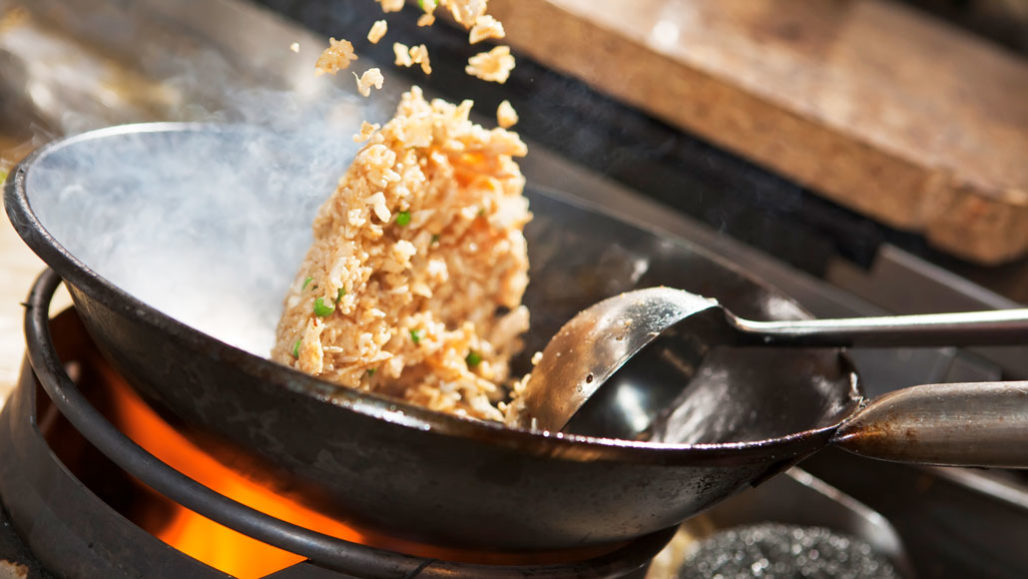There’s science to making great fried rice
Chefs make the dish often without realizing the physics behind it

Science underlies what chefs in Chinese restaurants do to cook rice quickly and completely — without burning.
Serge_Bertasius/iStock /Getty Images Plus







